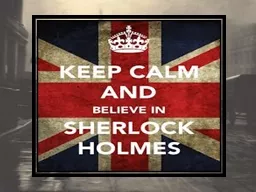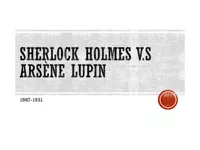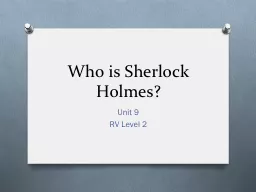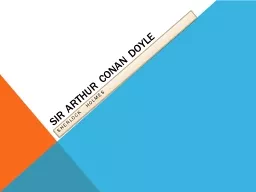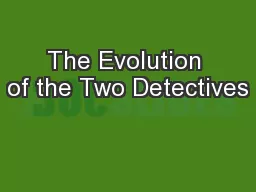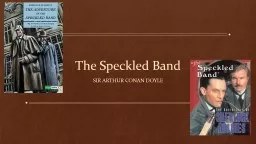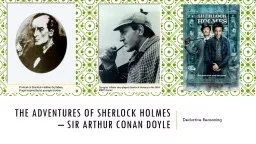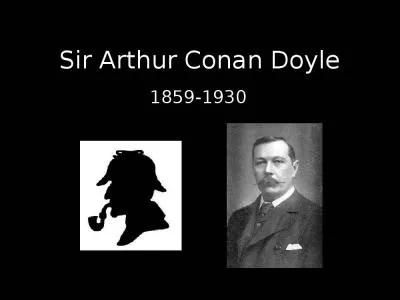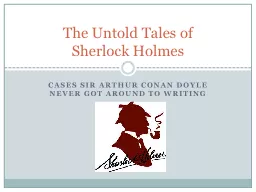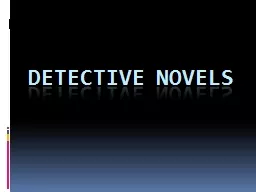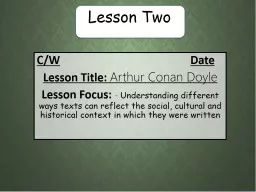PPT-Sherlock Holmes: Who He Knew and Where He Knew Them From
Author : cheryl-pisano | Published Date : 2018-02-15
Expanding the Use of Sherlock Holmes Stories in the Teaching of Criminal Justice Elementary My Dear Watson The Merest Childs Play of Deduction The late 1800s and
Presentation Embed Code
Download Presentation
Download Presentation The PPT/PDF document "Sherlock Holmes: Who He Knew and Where H..." is the property of its rightful owner. Permission is granted to download and print the materials on this website for personal, non-commercial use only, and to display it on your personal computer provided you do not modify the materials and that you retain all copyright notices contained in the materials. By downloading content from our website, you accept the terms of this agreement.
Sherlock Holmes: Who He Knew and Where He Knew Them From: Transcript
Download Rules Of Document
"Sherlock Holmes: Who He Knew and Where He Knew Them From"The content belongs to its owner. You may download and print it for personal use, without modification, and keep all copyright notices. By downloading, you agree to these terms.
Related Documents

